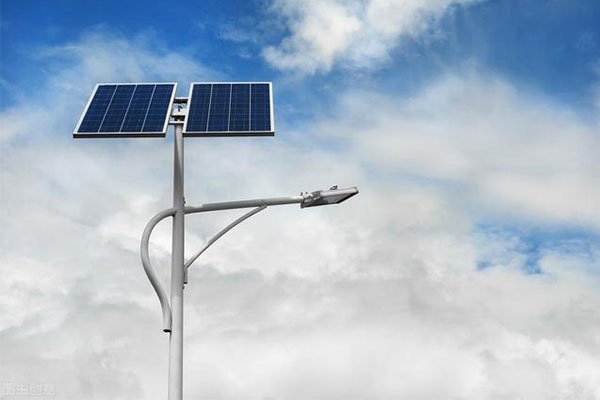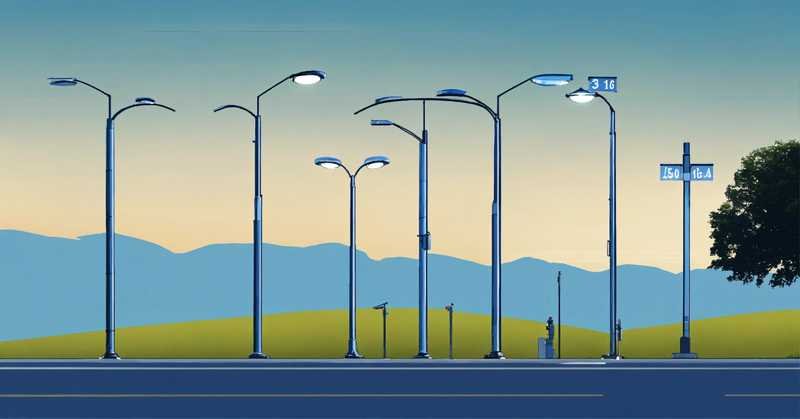If you’re sourcing galvanized street light poles, price can vary a lot—and the cheapest option isn’t always the smartest.
Galvanized poles offer long-term durability, but costs depend on height, design, steel grade, galvanization method, and more.
In this guide, I’ll break down what truly drives pricing and how you can get the best value for your next lighting project.
Typical Price Range for Galvanized Street Light Poles?
The price of a galvanized pole isn’t one-size-fits-all.
Basic 3–6m poles start around $80, while taller, customized poles can reach $1,200 or more.
Here’s a general estimate based on my sourcing experience:
| Pole Height | Price Range (USD) | Notes |
|---|---|---|
| 3–6 meters | $80 – $180 | Standard size, low wind areas |
| 7–9 meters | $200 – $400 | Requires stronger steel, base plate |
| 10+ meters (custom) | $500 – $1,200+ | High wind load, highway, ports |
These prices vary depending on:
- Order volume (bulk = lower price per unit)
- Galvanization method
- Steel thickness
- Custom features (arms, coatings, openings)
- Country of origin and shipping destination
Top Factors That Influence Galvanized Pole Pricing?
You might see two poles that look similar—but one costs double. Here’s why.
Pole size, steel type, design, and coating all directly affect cost.
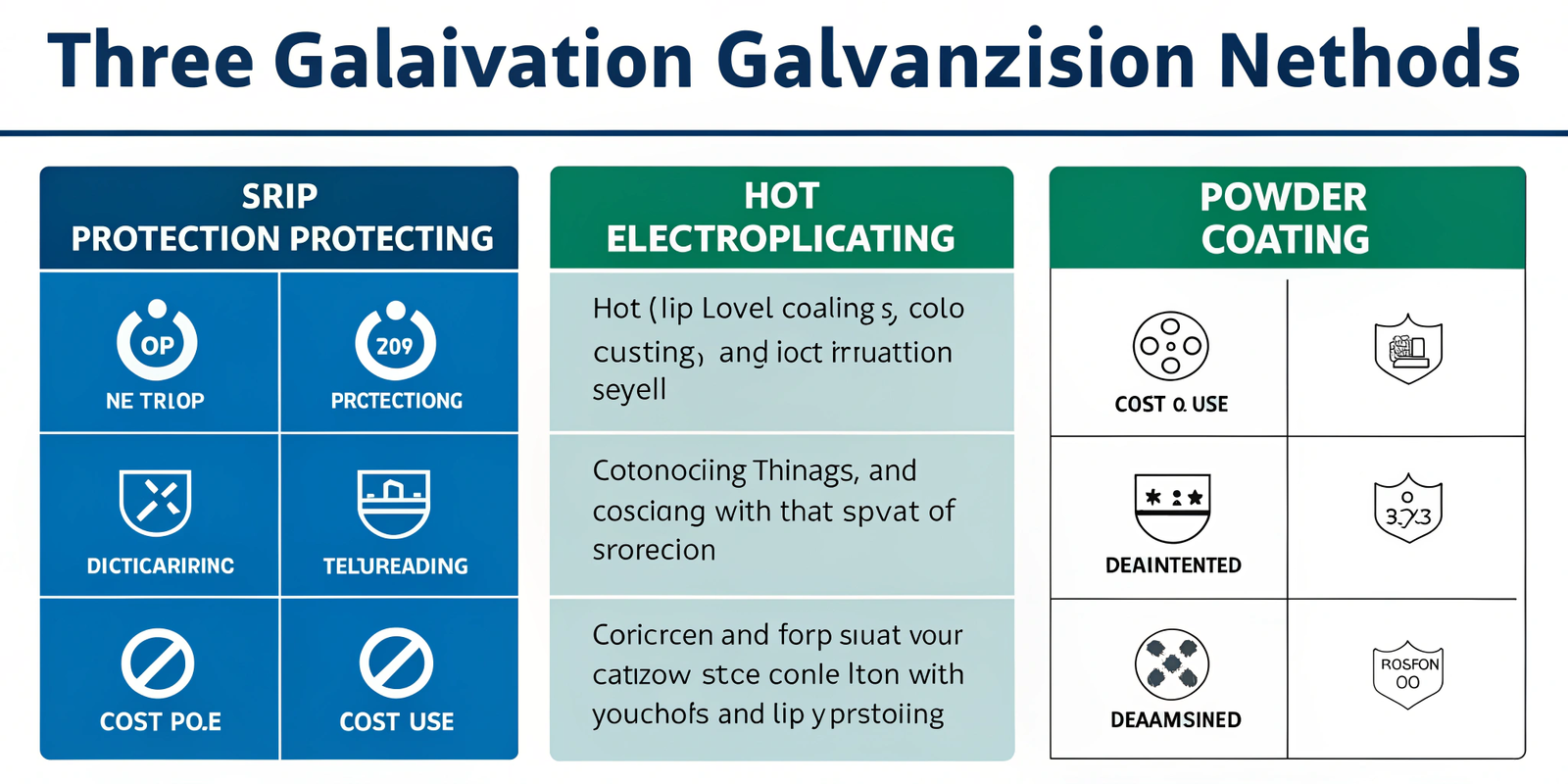
Let me break it down into clear points:
Pole Height & Diameter:
- Taller poles use more material
- Bigger diameters add weight, affecting both steel cost and shipping
Steel Grade & Thickness:
- Q235 is standard; Q345 is stronger and pricier
- Thicker walls improve load capacity, especially in windy zones
Type of Galvanization:
- Hot-dip galvanizing lasts longer and costs more
- Coating thickness matters: outdoor poles should have ≥85μm zinc
Design & Shape Differences:
- Round conical poles are cheaper to form than octagonal or flanged ones
- Uniform straight poles may cost less than tapered designs
Mounting & Base Options:
- Flange base with anchor bolts costs more than direct-burial designs
- Base plate thickness and bolt hole precision increase fabrication time
Accessories & Customization:
- Arm brackets, fuse boxes, lighting mounts = added fabrication
- Powder coating adds visual appeal and extra protection, but raises cost
Order Volume:
- The more you buy, the less you pay per unit
- Some manufacturers offer tiered pricing based on 50, 100, or 500+ pcs
Shipping & Location:
- Poles are large and heavy—logistics costs can double the unit price
- Export duties, tariffs, and local markups also play a role
How to Get the Best Value?
You don’t have to choose between “cheap” and “good.”
Ask the right questions, compare smartly, and buy from the right source to stretch your budget.
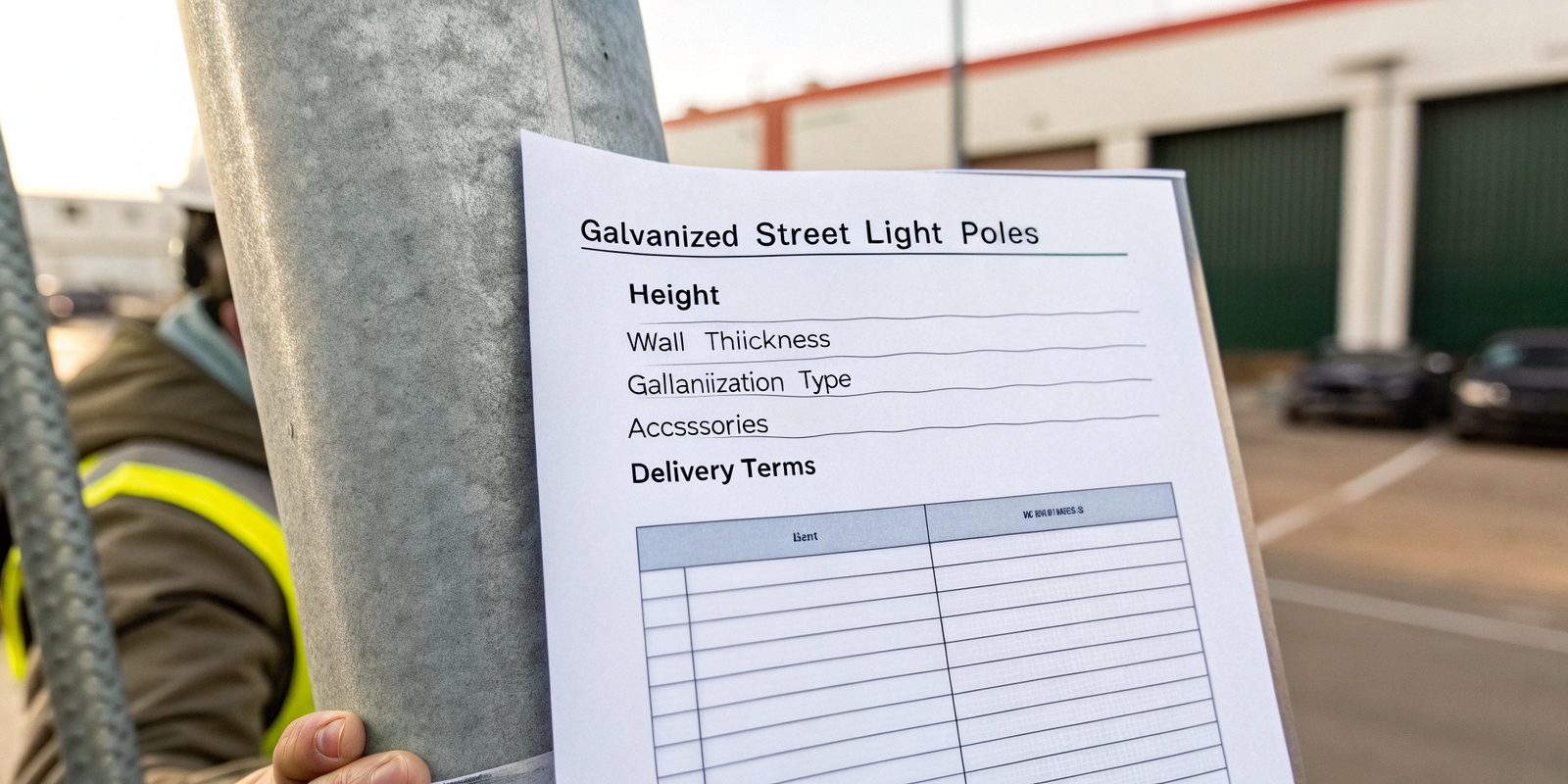
Here’s how I approach pole procurement for projects:
Always ask for detailed quotes:
Include specs like height, wall thickness, galvanization method, and delivery terms.Balance price with performance:
A $30 cheaper pole that rusts in 5 years isn’t a saving—it’s a liability.Source directly from manufacturers:
Skip middlemen when possible, especially for larger orders.Request certifications:
ISO 9001, ASTM, or CE compliance ensures you're not paying for substandard steel or coating.Clarify included accessories:
Some quotes exclude arm brackets, bolts, or fuse boxes—always check.
Cost-Saving Tips for Your Project?
You don’t need to overspend to get durable poles.
With a few smart planning steps, you can cut costs without sacrificing quality.
Here’s what’s worked for me and my clients:
Stick to standard sizes:
Custom poles take longer to make and cost more—use them only when necessary.Optimize spacing:
Redesigning your layout might allow you to reduce total pole quantity.Use direct burial poles where possible:
Eliminating base plates and anchor bolts can cut both material and labor costs.Bundle with other products:
Ordering poles + fixtures + solar kits from the same supplier helps you negotiate better deals.Plan ahead:
Rush orders = premium pricing. Schedule production early to avoid express fees.
Conclusion
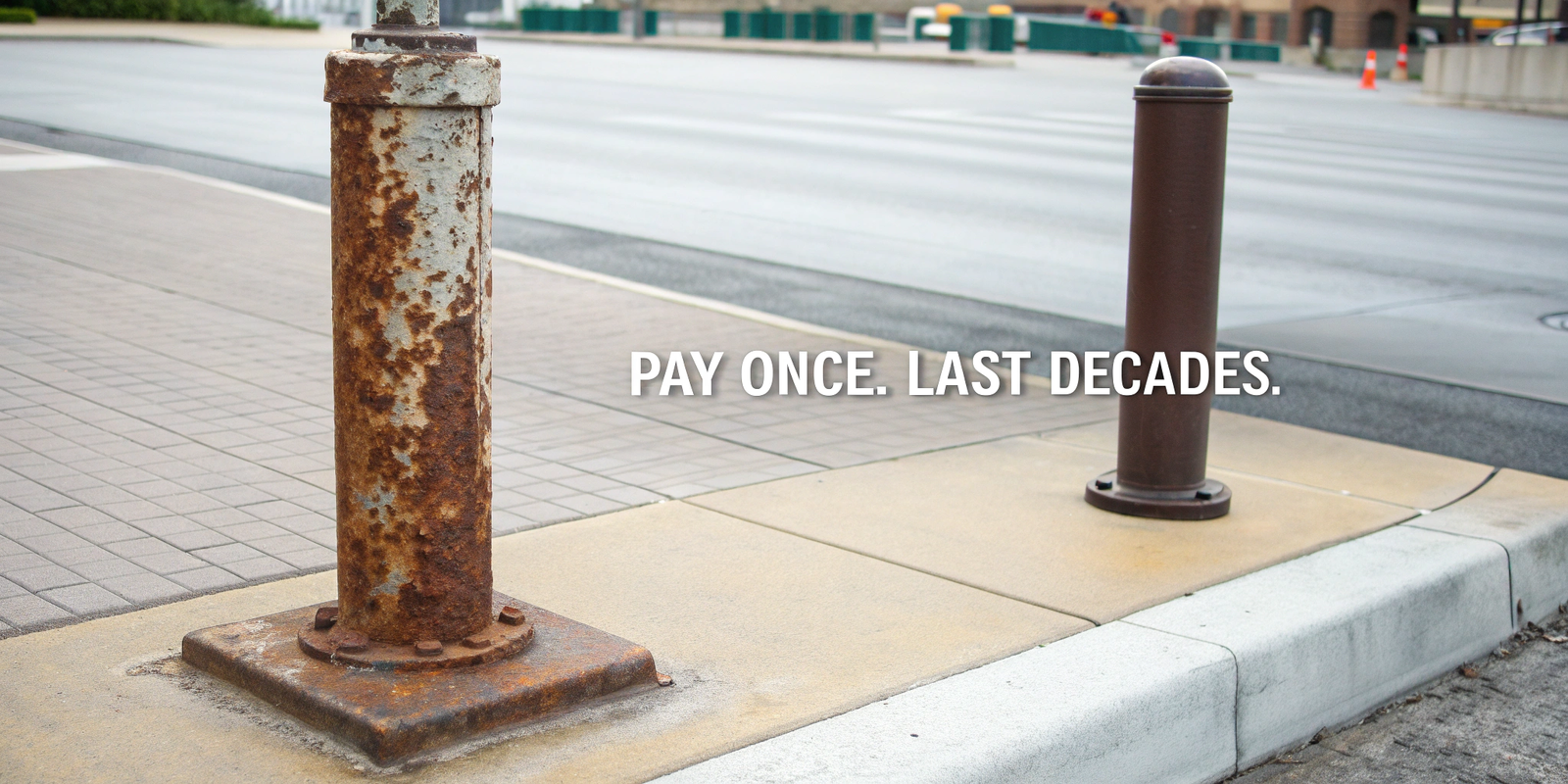
Street light pole pricing isn’t just about height or steel—it’s a mix of material, design, coating, and logistics. While galvanized poles may have higher initial costs, their long-term value and durability make them a smart investment.
By understanding what drives pricing and applying cost-saving strategies, you can keep your project on budget while ensuring quality and safety.





